在已毕业硕士生张莉莉的硕士课题研究基础上,课题组周翔等人进一步研究了地板供冷辐射不对称环境下2h和8h暴露的人体热舒适动态变化特性。该研究在同济大学济阳楼的环境仓内进行,实验选取16名受试者进行了地板供冷不对称辐射环境下的2h和8h的暴露实验。与以往研究不同,实验关注受试者在长达8h的不对称辐射环境暴露过程中的皮肤温度与热反应投票的动态变化,同时研究提出一种基于P值和序贯分析的方法,来判断长时间不对称辐射环境暴露实验中皮肤温度与热反应投票的稳定性。研究表明:(1)地板辐射供冷环境的暴露时间对受试者热感觉和皮肤温度反应有显著影响。长时间暴露会使全身和足部热舒适评价恶化。不对称辐射环境下皮肤温度达到稳定的时间要比均匀热环境下要长。例如,在均匀条件下,足部温度只需0.5小时就稳定下来,而在地板冷却条件下,足部温度需要4小时以上才能稳定。(2)研究建立了考虑暴露持续时间的地板辐射供冷环境的不对称辐射温度-满意度曲线和方程。在相同的不对称辐射温度下,地板辐射供冷的不满意率通常高于其他辐射系统。长期(8h)暴露曲线较短期(2h)曲线陡峭,说明不对称辐射暴露时间延长会降低满意率。
Xiang Zhou, Yunliang Liu, Maohui Luo*, Lili Zhang, Qiqi Zhang, Xu Zhang. Thermal comfort under radiant asymmetries of floor cooling system in 2h and 8h exposure durations. Energy and Buildings,2019;188-189:98-110.
https://doi.org/10.1016/j.enbuild.2019.02.009
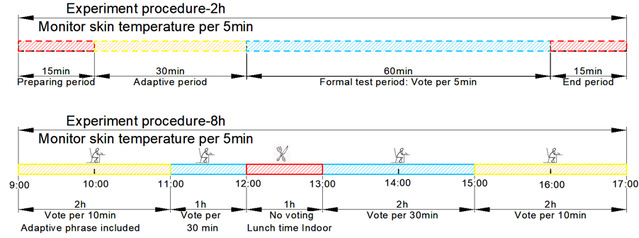
Figure 2 Experiment procedure
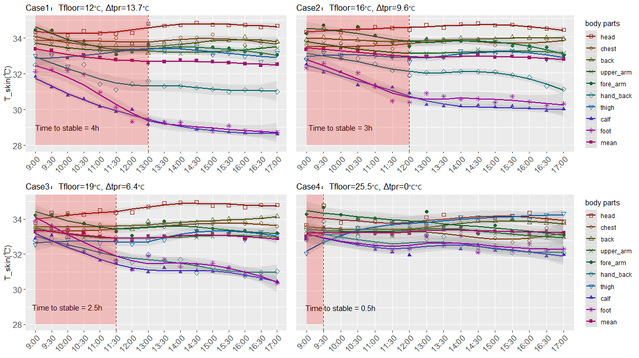
Figure 10 Local skin temperature changes of the 8h tests
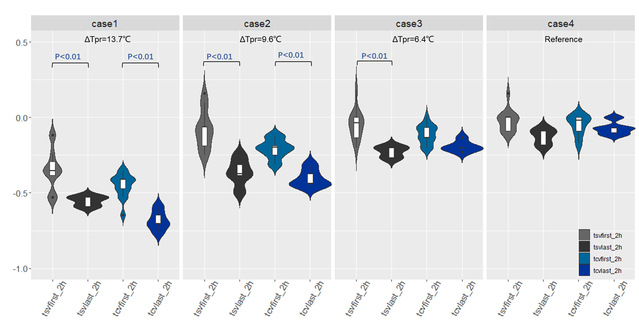
Figure 11 Whole-body thermal comfort comparison between 2h and 8h exposures. The “2h” results were from the first two hours in the 8h tests and the “8h” results were from the last two hours.
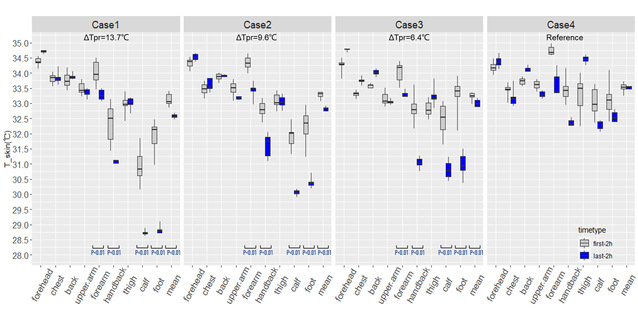
Figure 12 Skin temperature comparison between 2h and 8h exposures.
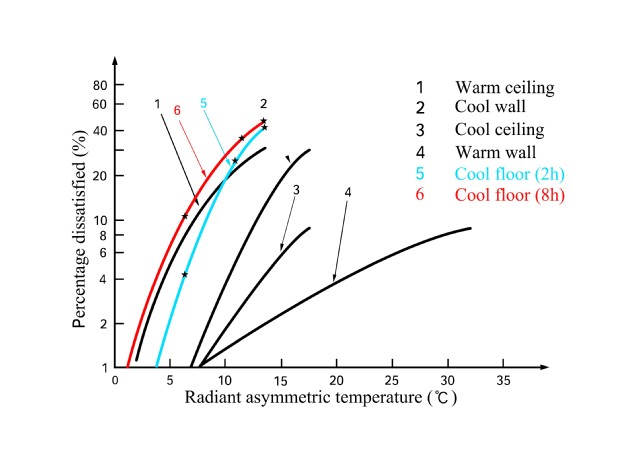
Figure 14 Radiant asymmetry-satisfaction curves for different radiant systems.
Copyright@ 同济大学张旭教授课题组

 同济大学主页
同济大学主页